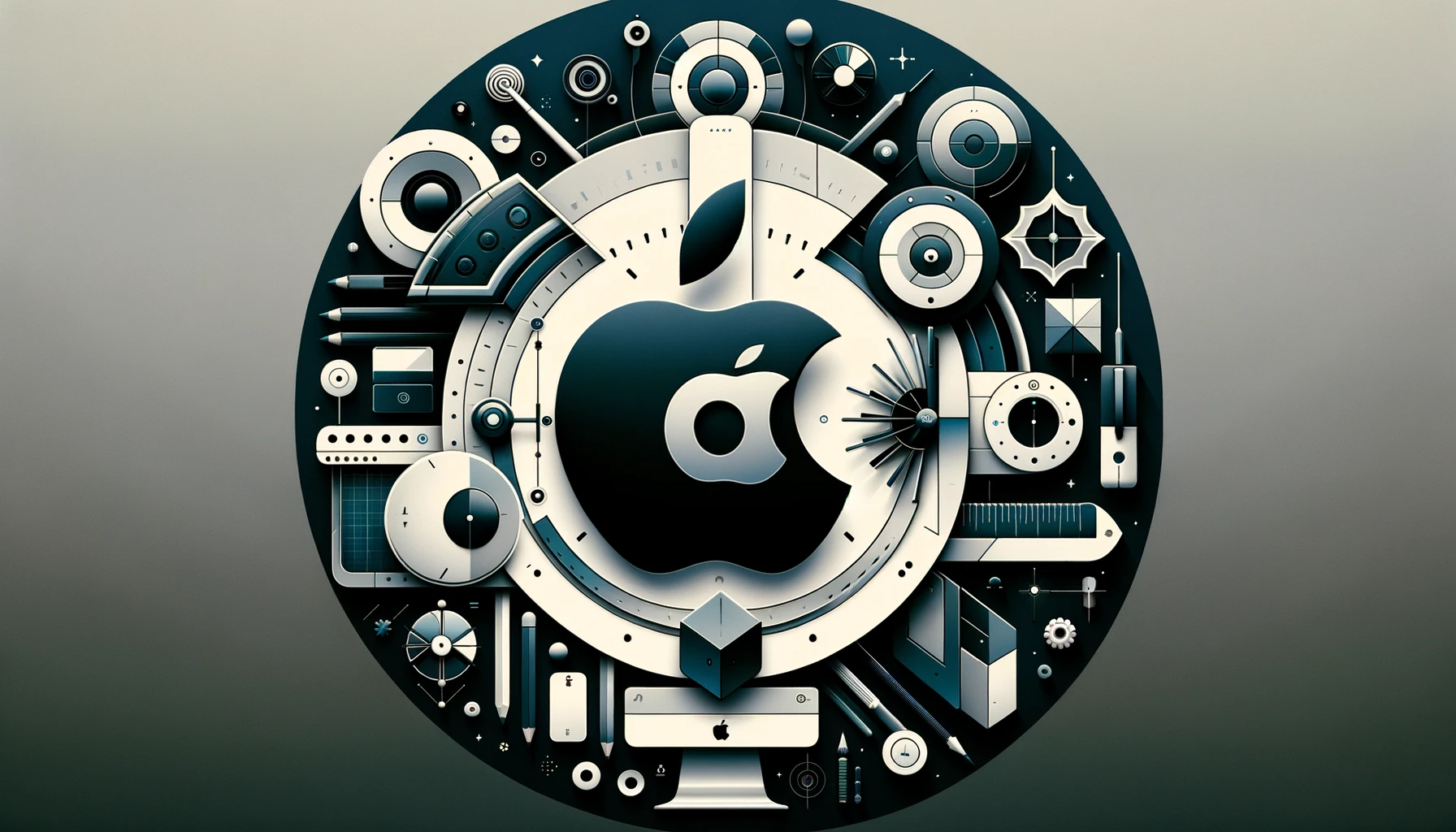Contents
Dynamic wallpapers have transformed desktop personalization for Mac users, offering a visually stimulating experience that mirrors the natural progression of the day. This innovative feature, introduced in macOS Mojave, not only enhances the aesthetic appeal of the desktop but also introduces a new layer of interaction between the user and their digital workspace. Explore the ultimate guide to animated wallpapers for Windows and Mac for more insights into creating an engaging and productive environment.
Understanding the Complexities of Dynamic Wallpapers
Dynamic wallpapers are more than just background images. They are intricately designed to change according to the time of day, reflecting morning, afternoon, evening, and night scenes. This adaptive feature can significantly change the look and feel of your Mac, making it feel more alive and in sync with your real surroundings. Discover how wallpapers can boost your productivity through their dynamic nature.
The Science Behind Dynamic Wallpapers
At their core, dynamic wallpapers are built on a series of images timed to the user’s local clock, ensuring the wallpaper changes seamlessly over time. This smart blend of technology and design mimics the natural environment, offering a smooth transition from dawn to dusk. Learn more about the art of creating digital wallpapers to enhance this feature.
How to Enable and Customize Dynamic Wallpapers
Setting up dynamic wallpapers on your Mac is straightforward:
- Open System Preferences and navigate to Desktop & Screen Saver.
- Select a dynamic wallpaper from the available options.
For those seeking a more personalized touch, macOS allows the creation of custom dynamic wallpapers using third-party software or even through manual methods, including the production of HEIC files with embedded images for different times.
Exploring the Benefits of Dynamic Wallpapers
Enhancing Productivity and Mood
Dynamic wallpapers do more than just adorn your desktop; they can also influence your productivity and mood. The constant change in scenery can act as a subtle reminder of time, helping you stay focused and manage your tasks more efficiently. Moreover, certain colors and scenes can evoke feelings of calmness or invigoration, potentially boosting your mood and creativity.
Immersive Aesthetic Experience
By bringing the outdoors in, dynamic wallpapers can transform your workspace into an extension of the natural world. This immersive experience can make long hours in front of the screen more enjoyable and less tedious.
Where to Find Dynamic Wallpapers
While macOS offers a selection of built-in dynamic wallpapers, the web is a treasure trove of additional options. Websites such as Dynamic Wallpaper Club offer a wide range of user-created dynamic wallpapers, from breathtaking landscapes to minimalist designs, catering to all tastes and preferences.
SEO Considerations for Dynamic Wallpaper Content
When discussing dynamic wallpapers, it’s crucial to consider SEO best practices to ensure that content reaches its intended audience. This includes using targeted keywords such as “dynamic wallpapers for Mac,” “how to set up dynamic wallpapers on macOS,” and “custom dynamic wallpapers.” Furthermore, creating engaging and informative content that answers user queries will improve search rankings and visibility.
Conclusion: A New Era of Desktop Personalization
Dynamic wallpapers represent a leap forward in desktop personalization, blending technology with design to create a more immersive and responsive user experience. Whether you’re looking to boost your productivity, enhance your mood, or simply enjoy a more aesthetically pleasing workspace, dynamic wallpapers offer a wealth of possibilities. By exploring built-in options on your Mac, creating custom wallpapers, or exploring the vast array of online resources, you can bring your desktop to life in ways previously unimaginable.
Embrace the dynamic nature of your Mac by exploring the world of dynamic wallpapers. This guide not only aims to enhance your understanding of dynamic wallpapers but also serves as a testament to the ever-evolving relationship between technology and user experience design.
